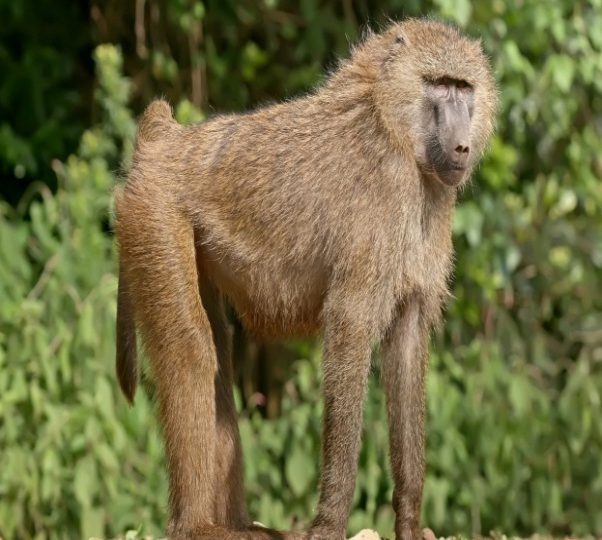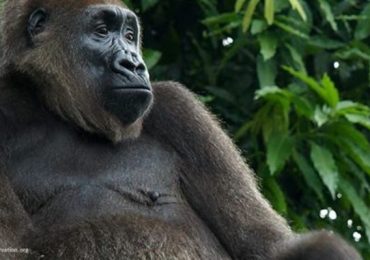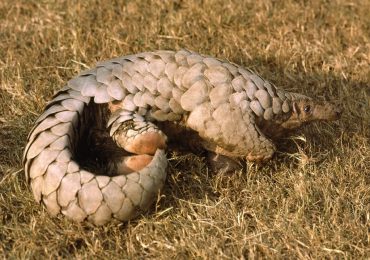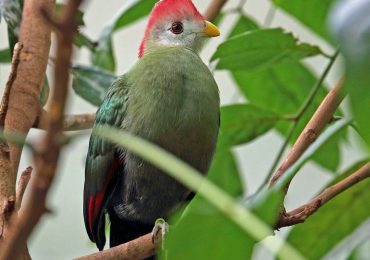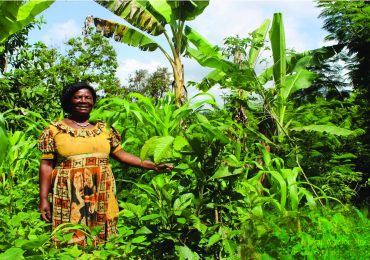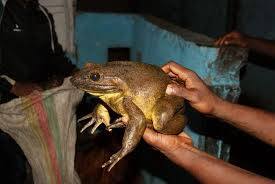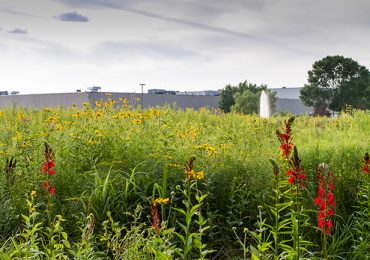Some species of primates in the Kimbi-Fungom National Park are seriously threatened as habitat fragmentation and intense hunting activities have frustrated their population. Thus, the small surviving population no longer finds peace in the park as human activities are increasing day by day. As of now, the most abundant species is the olive baboons. This is because they are very aggressive; they can survive in all landscapes, can find food everywhere and inhabit very steep difficult landscapes.
The most hunted species are the white nose monkeys and the velvet monkey (savanna species). These species flourish the bush meat markets and local restaurants in surrounding villages like Munkep, Gayama 1, Gayama 2, Kpep, Tenghukah, Suubum and Kimbi.Barely the vocalization of chimpanzee and nests in very steep impenetrable rocky landscapes is heard and seen respectively. Outside the park, off the steep slopes of the Gayama-Essimbi orientation, there is high population of the chimpanzee. These chimps need special attention as those in the park have drastically reduced and thus defeat the purpose of the park as a protected area.
The Kimbi-Fungom National Park is located between latitude 6.5-6.9° N of the equator and longitude 9.8-10.5° East of the prime meridian in the North West Region of Cameroon covering a total land surface of 95,380 hectares. This National Park is located in three divisions of the North West Region cutting across four Sub divisions. These divisions are Menchum, Boyo and Dongo Mantung and found in the respective sub divisions of Fungom and Furu Awa, Misaje and Bum. This park was created under Prime Ministerial decree number 2015/0024/PM of 3 February, 2015. This park is a consortium of two old reserves that were created on 2 May 1936 as the Fungom Native administration Forest Reserve (Forestry Ordinance, 42 of 1936) and 1964 as Kimbi Wildlife Sanctuary.
Six primate species have been identified to inhabit the K-FNP; Olive baboons (Papio anubis), patas monkey (Erythrocebus patas), vervet monkeys (Chlorocebus pygerythrus), white nosed monkey (Cercopithecus nictitans) and Mona monkeys (Cercopithecus mona) and the Nigeria- Cameroon chimpanzee (Pan troglodytes ellioti). Except for the Nigeria Cameroon chimpanzee which is an endangered species, the other five species according to the IUCN red list are considered as least concern species. Though, being least concerned, these species are of great concern today due to the fact that their numbers have drastically reduced to the point that one doubts if they are in a National Park.
The scorch earth hunting tactics used in the exploitation of these primates and other endangered species has left nothing to show for the park. The park today is becoming an empty vessel fill with nothing as wildlife but farmlands which are defeating the purpose for the creation of its park. This is partly due to the inaccessible nature of the park, poor communications between park authorities and local communities and most importantly poor communication between the park authorities and conservation organizations.
ERuDeF is therefore soliciting and pleading with partners for aid to save the remaining primates population especially the Nigeria Cameroon Chimpanzee through community based management.


